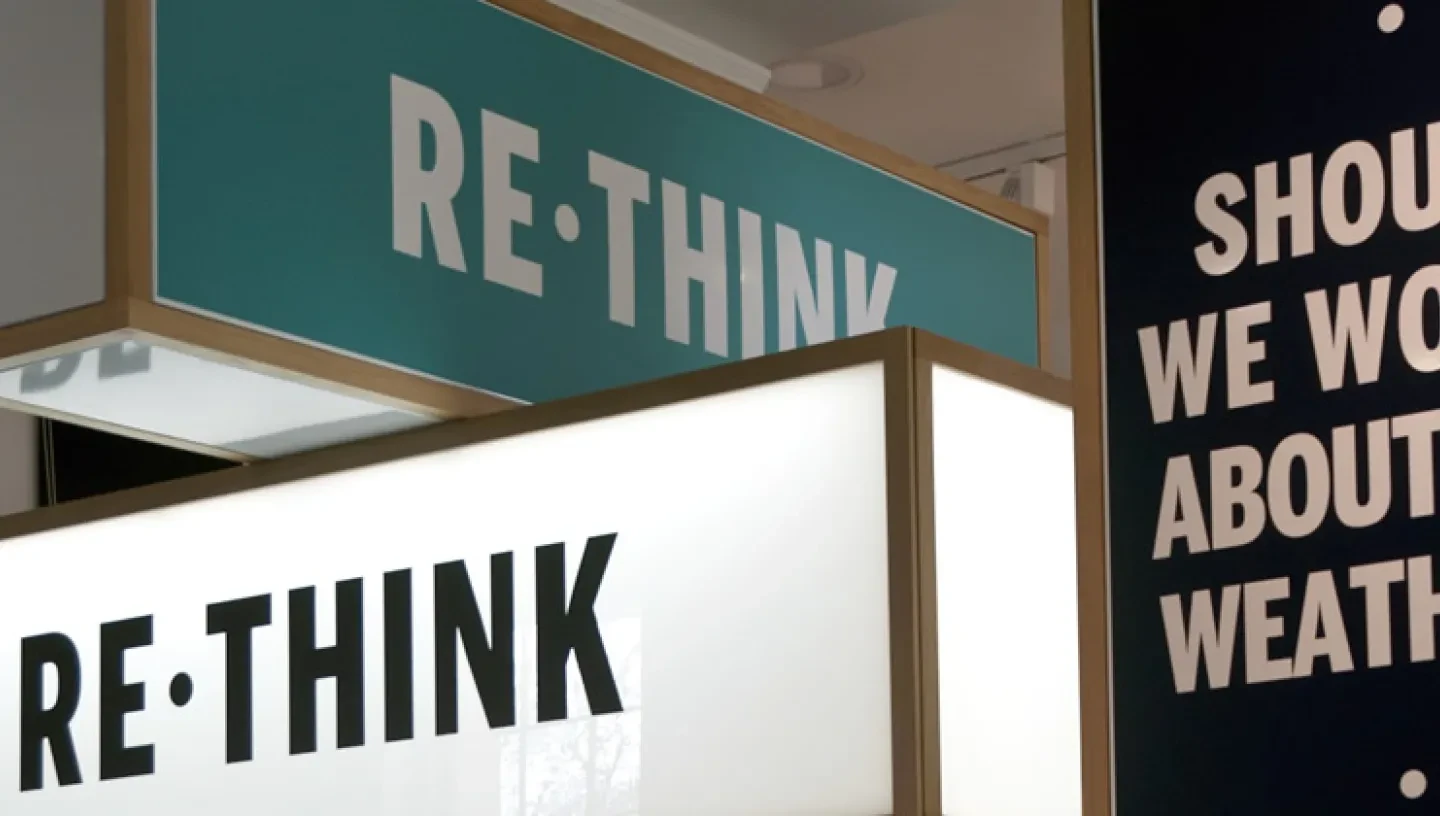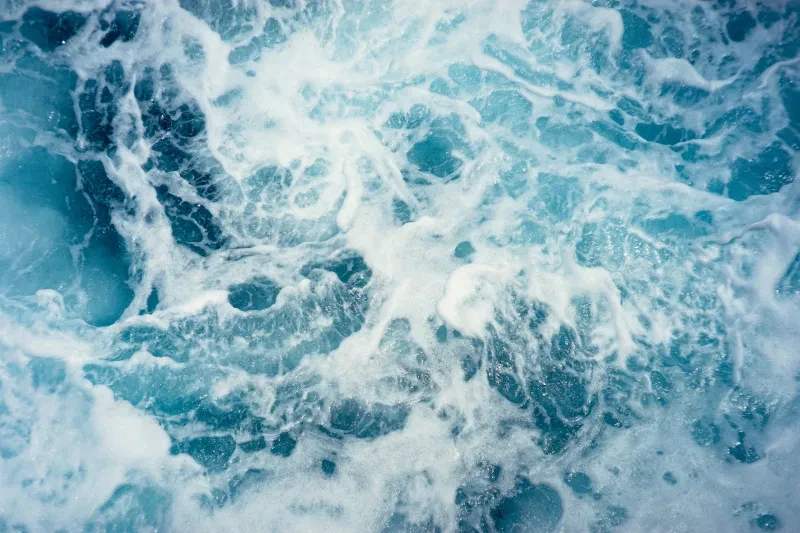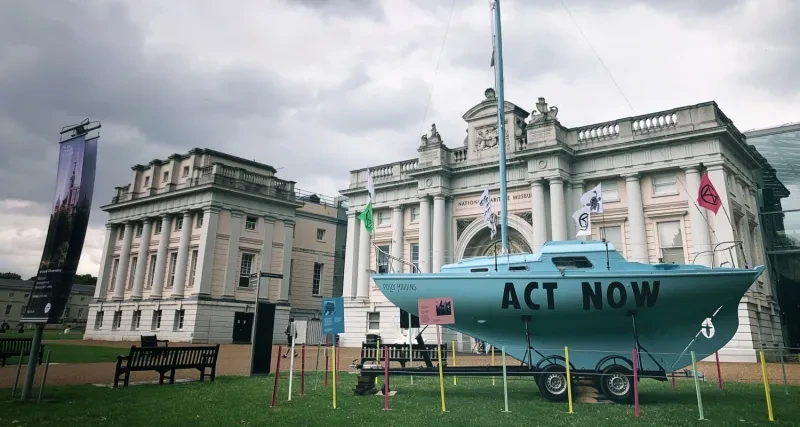
The historical context of our sites, the purposes they serve and the number of visitors we receive all present challenges to operating in a sustainable manner.
Nonetheless, RMG has a track record of working to be more sustainable. We’ve had an Energy Policy since 2000, a Sustainable Development Policy since 2006, and we’ve been publicly reporting on our sustainability performance in our annual report since the 2007-08 financial year.
Annual reports
Our sustainability reports are presented as part of our annual reports. These can be found on our Annual reports and accounts page.
Sustainability group
Since 2004 we have had an internal Sustainability Group, supported by our Green Champions, with representation from across the museum tasked with developing an action plan for progressing sustainability initiatives. With thanks to this group, we have made progress in many key areas.
Engaging with our visitors
We have sought out opportunities to engage with our visitors on sustainability themes; hosting Extinction Rebellion’s Polly Higgins “Act Now” boat on our grounds; linking up with the RSS Sir David Attenborough and displaying an Arctic ice core in our Poles Apart gallery; hosting an annual festival for World Ocean Day.
Our Poles Apart exhibition focuses on the work of the RSS Sir David Attenborough and shines a light on the challenges facing our polar regions.
Our Ocean, Our Planet is a microsite dedicated to exploring ocean issues, the climate crisis and our changing relationship with the sea.
The Canaletto’s Venice Revisited exhibition opened to the public on 1 April and ran until 25 September 2022, and included a focus on the impact on Venice of climate change and rising sea levels.
Utilities
All electricity that we buy from the National Grid is from nuclear sources, which means it is zero emissions at the point of generation.
Our updated energy policy commits us to switching to fully renewable electricity, verified by REGO (Renewable Energy Guarantee of Origin) certificates, when we renew our supply contracts.
Solar panels have been installed on the roof of the Prince Philip Maritime Collections Centre. They generate around 45,000 kWh each year.
Our Conservation and Estates team have been working to reduce the use of mechanical ventilation in archive storage areas, greatly reducing carbon emissions. We believe this to be a unique project in museum settings and will seek to expand the scope of the scheme to other parts of our buildings.
We abstract circa 7,000m3 of water per annum from our on-site borehole at the National Maritime Museum. The abstracted water is used for non-potable water at the National Maritime Museum, Queens House and Park Row Wing.
Waste
We have a zero to landfill policy and typically recycle around 50% of our waste.
Any waste that is not recyclable is dried and compacted into fuel pellets and then sent to an energy-from-waste facility where it is burnt to generate electricity.
All food waste from catering outlets is segregated for off-site composting.
We seek to donate items to other museums and galleries through the Museum Freecycle site, which has seen display cases and storage racking reused by Chatham Historic Dockyard and the Broadcast Engineering Conservation Group, respectively.
We have also developed a mutually beneficial relationship with Repurpose Greenwich – through this route we have donated several items for Repurpose Greenwich to sell, with all proceeds raising funds for the Greenwich and Bexley Community Hospice.
Recent successes in diverting waste from landfill also includes donating vinyl advertising banners to a charity that provides refugees with the skills to work in the textile industry. The banners are upcycled into bags and other products.
We have also acted against single-use plastics. This year we have ceased dispensing plastic bags to visitors with wet umbrellas. This simple action ends the purchase and subsequent disposal of up to 20,000 plastic bags each year.
Catering
We work closely with our catering supplier to ensure high standards in our catering supply chain.
All coffee sold on site is Rainforest Alliance certified and carbon neutral, with emissions from the process offset by ClimatePartner.
Any customers bringing a reusable cup receive a discount on their hot drink.
Our supplier, Benugo, monitors and reports the carbon emissions of their supply chain. This allows them to define the carbon footprint of individual product lines. The carbon impact of products is displayed for all ‘grab and go’ items. For menu items, the carbon count can be accessed by following a QR code.
Meat and fish are sourced from Red Tractor and MSC (Marine Stewardship Council) certified sources, respectively.
Menus focus on UK-sourced, seasonal ingredients. There are no air miles in the food supply chain.
Travel
Our new Travel Guidelines essentially ban domestic flights for business travel. Flying is not permitted if the journey can be completed in under 5 hours by public transport. We also do not permit flights to destinations served by Eurostar. There are, however, limited exceptions to this – in certain circumstances, insurance requirements dictate that a member of staff must fly when escorting objects from our collection.
We also specify that all travel between RMG sites, and travel within London must be by public transport.
Biodiversity
We have substantial lawns at the National Maritime Museum and Queens House, but we do not irrigate them as a matter of course, allowing nature to take its course and save on water consumption. Some limited irrigation has been required this year to help establish the areas of returfed and seeded lawns following the dismantling of the Queens House Ice Rink.
At Kidbrooke, a landscaping scheme comprises extensive soft landscaping which adds interest and colour and provides green screening from the A2 road, as well as providing pleasant surroundings for local residents, visitors, volunteers, and staff. There is an adjacent newt reserve, so the Museum has maintained a run to this habitat and introduced mitigation measures as required in planning. Special provision of a habitat for the great crested newt, an endangered species in particular, is included in this scheme.
We also have a community garden at PPMCC (Prince Philip Maritime Collections Centre), which we open to volunteers as part of our community learning programme.
Construction
We have also committed to a sustainable estate. The Prince Philip Maritime Collections Centre in Kidbrooke was awarded a BREEAM ‘Excellent’ rating, while the Sammy Ofer Wing at the National Maritime Museum was awarded BREEAM ‘Very Good’.
Sustainability has been embedded into the project brief from the start of our two current major capital works projects – the reconfiguration of the Royal Observatory and the refurbishment of the Neptune Court roof at the National Maritime Museum.
Our grounds have won the Gold award at London in Bloom and the British Association of Landscape Industries (BALI) award for Grounds Maintenance in the Free Public Access category.
Sustainability Targets
We are committed to setting tangible and achievable targets for improvement across all areas of environmental sustainability. We have adopted the Greening Government Commitments as our internal targets, which will set us on track to be Net Zero ahead of 2050. As our sustainability strategy develops, we will set more ambitious targets where it is practical to do so.
We have targets covering the full range of environmental sustainability, but our 2 headline targets are:
- Reduce direct carbon emissions by 33% by 2024/25
- Reduce total carbon emissions by 58% by 2024/25
Our baseline year for these targets is 2018/19, which is the first full year since the completion of our new collections centre, the Prince Philip Maritime Collections Centre, and the opening of the new Endeavour galleries at the National Maritime Museum.
As at the end of 2022/23 we have reduced direct emissions by 12% and total emissions by 40%.
Any questions or feedback about sustainability at RMG can be sent to sustainability@rmg.co.uk


